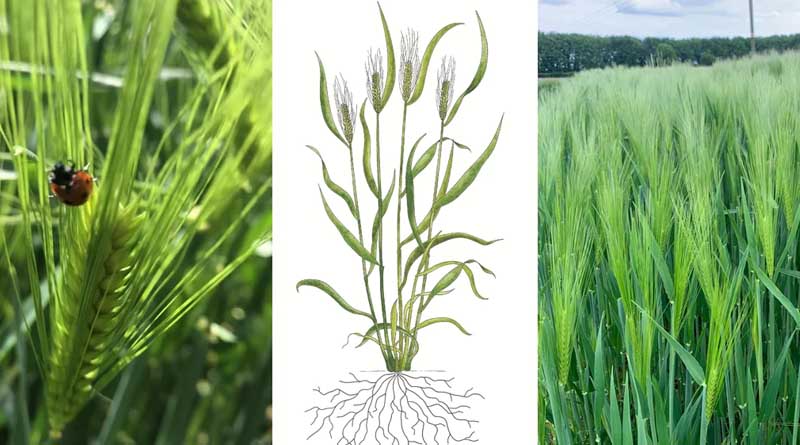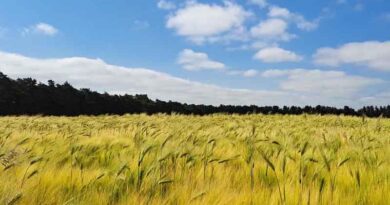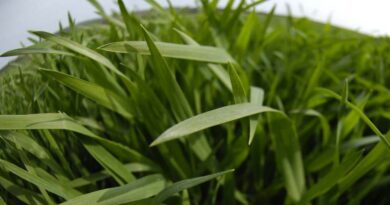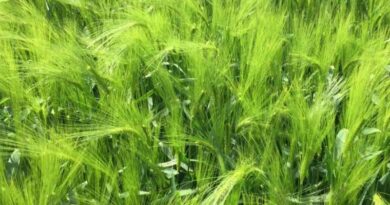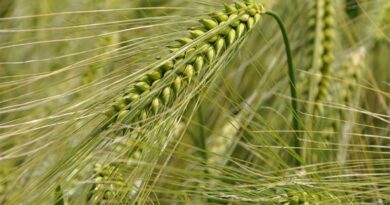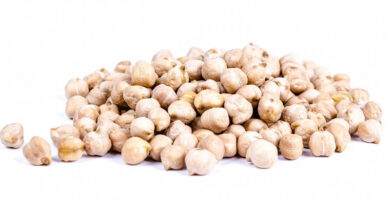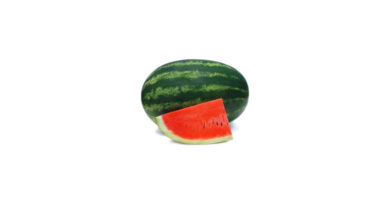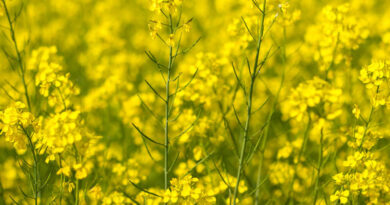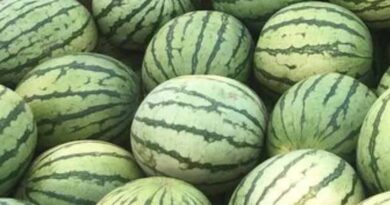Hybrid barley can do more with less driven by superior nitrogen use efficiency
28 July 2023, UK: Nitrogen price and supply looks set to remain volatile over the coming season. Coupled with weather becoming increasingly extreme and unpredictable, it makes sense to select a variety of barley which has demonstrated superior nitrogen use efficiency.
Why not grow hybrid barley which has been independently proven to be able to do more with less?
Hybrid barley is well recognised for its high biomass potential, both above and below ground. This has significant benefits in terms of grass weed suppression, but new data suggests that it also has a benefit regarding nitrogen use efficiency.
Syngenta trials in the UK in conjunction with ADAS as well as trials carried out by Syngenta Germany over seven years have shown that hybrid barley has significantly improved nitrogen use efficiency when compared to conventional varieties.
Nitrogen use efficiency is the sum of two key components:
- Nitrogen uptake efficiency: the efficiency with which nitrogen is taken up by the roots as they grow and explore the soil
- Nitrogen utilisation efficiency: the efficiency with which the plant converts the nitrogen it has taken up into harvestable grain
These trials are ongoing, but initial results from the first two years of trials with ADAS suggest that hybrid barleys are doing more, with less.
Uptake Efficiency: the larger and deeper rooting system of hybrid barley leads to it being able to scavenge for nutrients more effectively than conventional wheat and barley, thereby taking up more nitrogen despite being at a lower plant population. Hybrid Barley Technical Manager, Ben Urquhart says “Hybrid barley is known for its hybrid vigour, and vigorous roots are associated with improved nutrient uptake. Hybrid root systems are significantly larger than those of conventional varieties, with SY Kingsbarn shown to have a 20% higher root mass than a two-row barley in previous ADAS work – providing a much larger surface area to scavenge nutrients from the soil.”
Utilisation Benefit: across a wide range of N rates in the trial, the hybrids also showed significantly improved nitrogen utilisation efficiency over the conventional varieties, with the biggest differences being shown in very low nitrogen scenarios.
Ben says: “this is where things get really exciting, these results give us a good indication that the ability of hybrid barley to convert the nitrogen it has taken up into something useful, harvestable grain, is significantly better than conventional barley varieties, in short this means growers can be sure that hybrid barley is making the most of any nitrogen applied”
Choosing a variety with inherently high nitrogen use efficiency gives you the security if weather conditions are not conducive to good nitrogen uptake in spring. It also means that if nitrogen prices spike, crops of hybrid barley are more likely to continue to deliver good yields even with a modest reduction in total nitrogen dose.
If making a reduction in total nitrogen dose, consider switching to a 2 split (50:50:0) programme but ensure that the first application remains timely at around GS25. A reduction in nitrogen total dose is likely to impact final yield.
Also Read: ITC releases an exclusive postal stamp on Millets in collaboration with India Post
(For Latest Agriculture News & Updates, follow Krishak Jagat on Google News)

